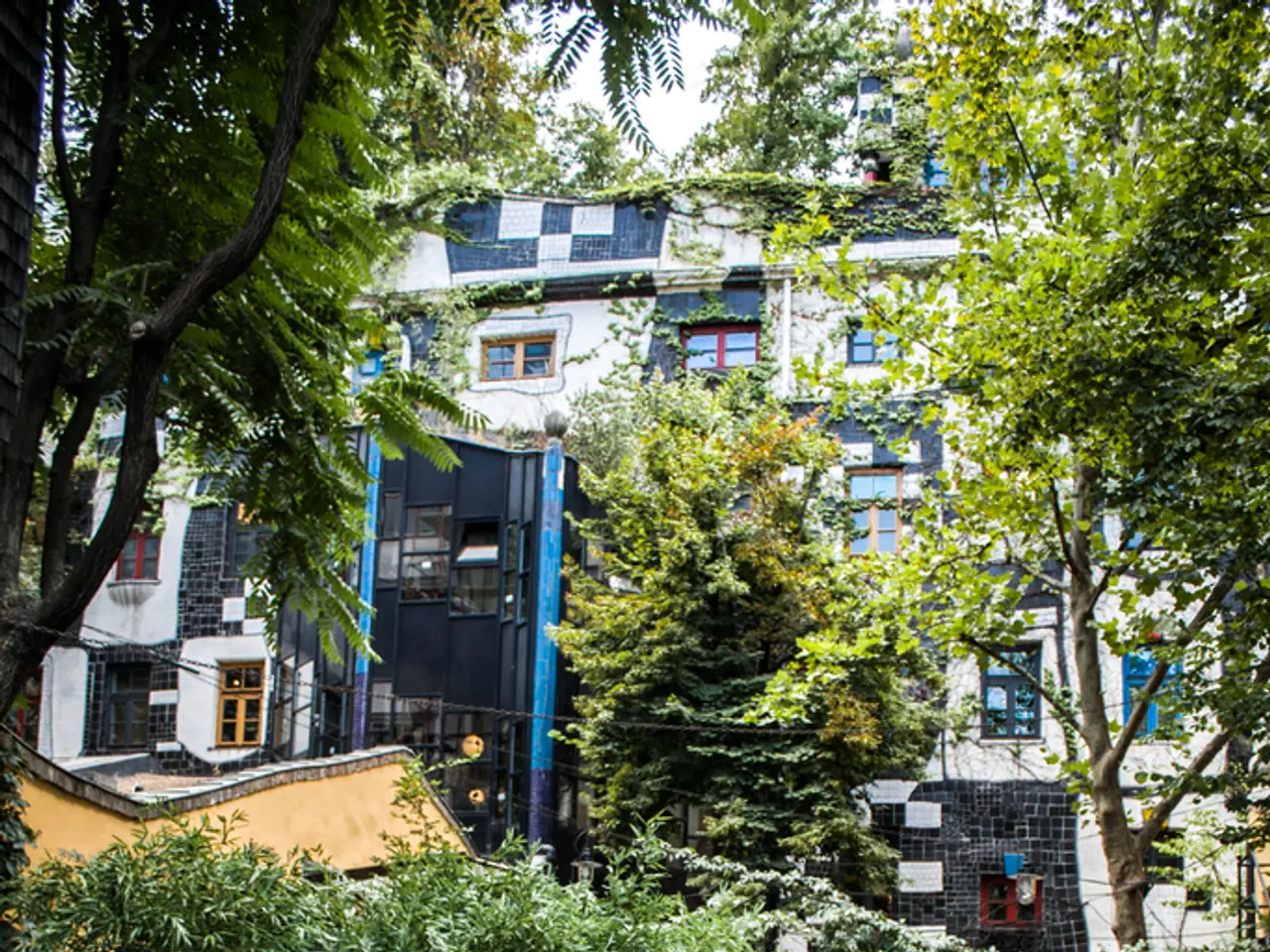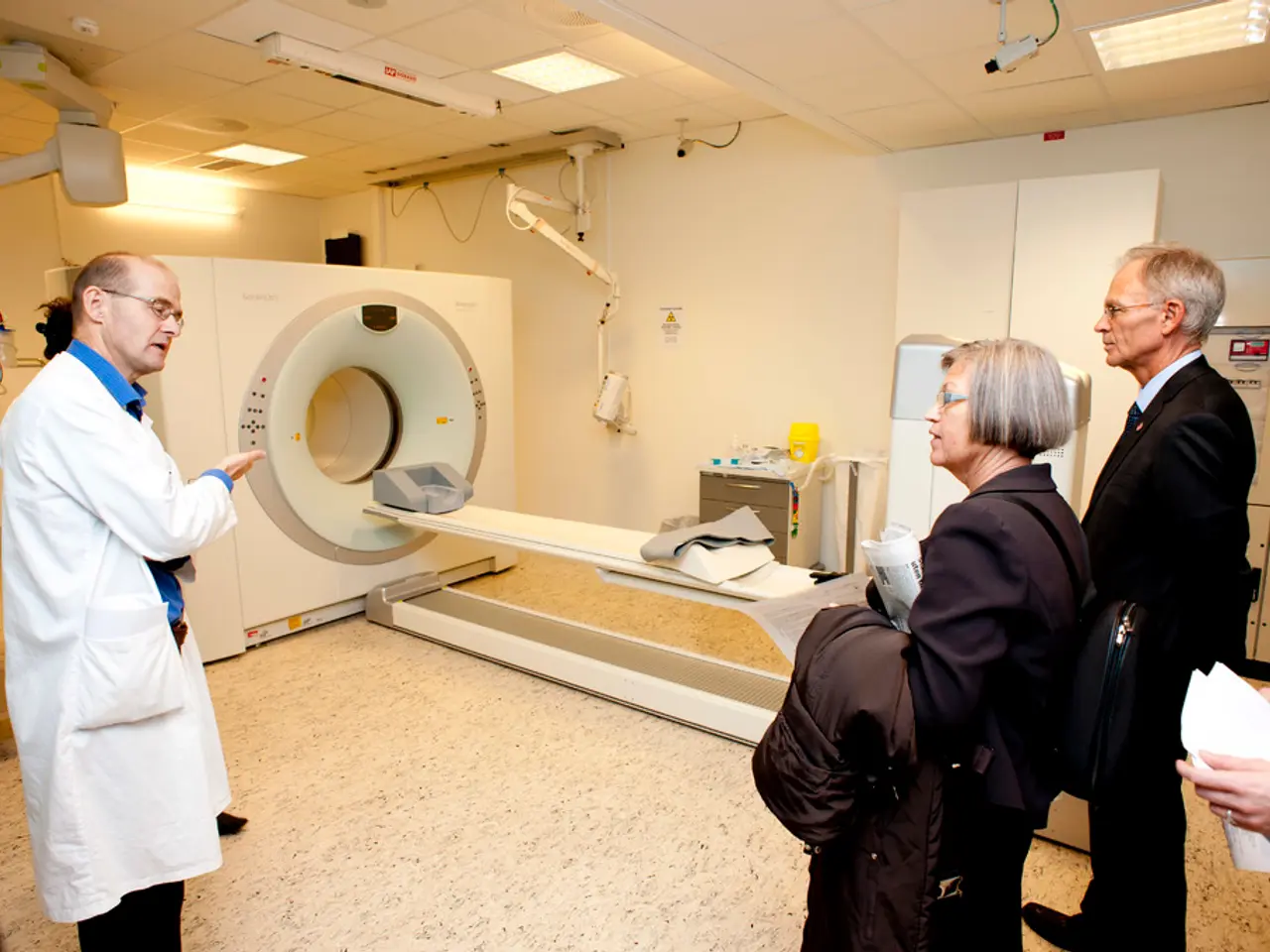Immediate Need for Eco-Friendly Cooling Methods at a National Level
In a bid to combat climate change and mitigate the urban heat island effect, Vietnam is actively implementing strategies to manage greenhouse gas emissions and transition towards a more sustainable environment. While specific details on the cooling sector and urban heat island effect are not extensively covered in the available information, the country's broader efforts are likely to indirectly benefit these areas.
One of the key strategies is the Greenhouse Gas Inventory. By March 31, 2025, over 2,100 major production facilities in Vietnam must complete greenhouse gas inventories, marking a significant step towards managing emissions.
Vietnam is also developing a domestic carbon market. The Ministry of Natural Resources and Environment will govern the Emission Trading System (ETS), which aims to reduce greenhouse gas emissions at lower costs for businesses and society. Vietnam plans to allocate emission quotas for sectors like thermal power generation, steel, and cement production during 2025-2026, with the Hanoi Stock Exchange operating the carbon exchange platform.
Vietnam aims to achieve carbon neutrality by 2050 as part of its commitment to reducing greenhouse gas emissions and transitioning to a green growth model. The pilot phase of the ETS (2025-2028) involves launching the pilot ETS with free emissions allowances for high-emitting sectors, improving compliance frameworks, and preparing for the official launch of the carbon exchange in 2029.
In the cooling sector, the National Cooling Action Plan (NCAP) is designed to manage controlled substances under the Montreal Protocol and promote low-carbon, energy-efficient, and sustainable cooling solutions. The draft NCAP aims to establish a clear implementation roadmap and provides an opportunity for proposing cooperative initiatives, knowledge sharing, technology transfer, and sustainable community cooling models.
The increased demand for cooling has led to an increase in the use of refrigerants that deplete the ozone layer and contribute to global warming. In response, the amended decree on GHG emission reduction and ozone layer protection, introduced in 2025, includes new regulations to address this issue. The use of low-emission building materials is a part of the updated policies for the cooling sector.
Under the plan to manage ozone-depleting substances and GHGs, the prime minister has directed people's committees of localities to integrate urban and rural cooling measures into urban protection plans, particularly for tier 1 and 2 cities. This integration is expected to help mitigate the urban heat island effect and reduce emissions from cooling systems.
The demand for cooling devices in Vietnam is projected to triple by 2050 due to rising temperatures and urbanization. To address this, developing cooling-as-a-service business models is a part of the updated policies for the cooling sector. Vietnam has joined various initiatives, including the Fluorocarbon Life-Cycle Management Initiative, the Cooling Efficiency Alliance, and committed to the Global Cooling Pledge.
The Climate Change Department of Vietnam has collaborated with international partners to develop the National Cooling Action Plan (NCAP), which aims to contribute to NDC goals and achieve net-zero emissions by 2050. The NCAP welcomes feedback to ensure the feasibility of proposed solutions and to forecast national cooling demands and investment needs for cooling projects.
As temperatures continue to rise, the urban heat island effect is becoming increasingly pronounced. Rapid urbanization in Vietnam has intensified this effect, causing temperature differences of 3-5 degrees during peak heat days. The temperature in Dong Ha district, Quang Tri province, Vietnam, reached 44 degrees on April 28, 2024, which is the highest recorded since 1976, highlighting the urgency for action.
Vietnam's commitment to establishing a robust carbon market and achieving net-zero emissions by 2050 demonstrates a strong focus on sustainable development and environmental protection. Future strategies are likely to include more sector-specific initiatives that address the cooling sector and urban heat challenges.
- Recognizing the detrimental effects of climate change and urban heat island on health-and-wellness, Vietnam's emphasis on developing a domestic carbon market and implementing the Greenhouse Gas Inventory (by March 31, 2025) will indirectly foster healthier environments by managing greenhouse gas emissions, while the amended decree on GHG emission reduction and ozone layer protection in 2025 targets reducing harmful refrigerants that impact both health-and-wellness and climate-change.
- Vietnam's strategy for achieving carbon neutrality by 2050 encompasses sector-specific initiatives, such as the National Cooling Action Plan (NCAP), which focuses on ozone-depleting substances and GHGs, promotes low-carbon, energy-efficient, and sustainable cooling solutions, and collaborates with international partners to develop and share knowledge about sustainable community cooling models – contributing significantly to environmental-science and the overall health-and-wellness of its population.




